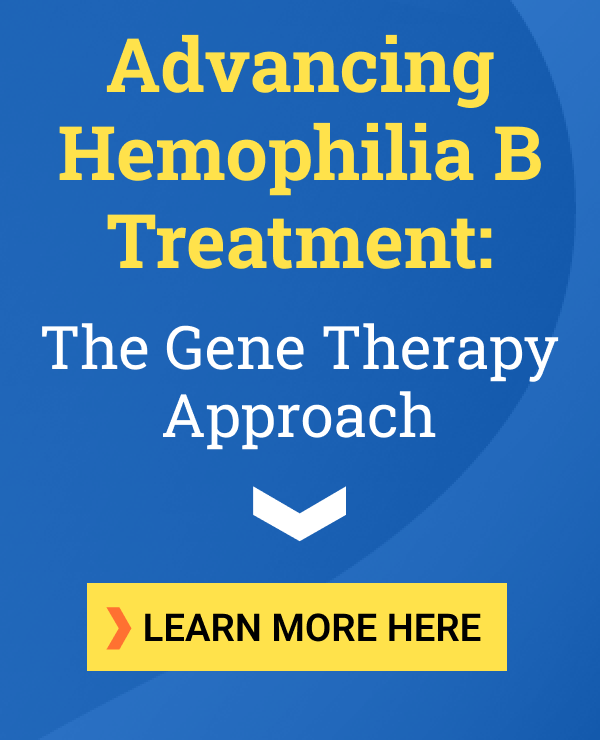Novoeight safely and effectively treats, prevents bleeds long term
Real-world study shows therapy’s benefits in hemophilia A patients in Japan

When used long term, Novoeight (turoctocog alfa) safely and effectively prevented and treated bleeding episodes in people with hemophilia A in Japan, according to a real-world study.
In fact, Novoeight successfully treated 91.4% of the reported bleeds, and kept bleeding under control in 85.7% of surgical procedures.
Moreover, use of the approved treatment posed no new issues relative to safety, with the therapy’s safety profile here comparable to that observed in other Novoeight trials.
“The results of this multicentre, non-interventional, post-marketing study of [Novoeight] in patients with haemophilia A in clinical practice in Japan demonstrated that long-term … treatment posed no newly identified safety issues and demonstrated a haemostatic [stopping of bleeding] effect in prophylaxis and on-demand treatments of bleeding during a 2-year treatment period,” the researchers wrote.
The study, “Real-world long-term safety and effectiveness of turoctocog alfa in the treatment of haemophilia A in Japan: results from a multicentre, non-interventional, post-marketing study,” was published in the journal Hematology.
Patients treated with Novoeight monitored for up to 2 years
Hemophilia is characterized by the lack or dysfunction of blood-clotting proteins, which lead to excessive and prolonged bleeding in patients. In most cases, the disease is caused by mutations in genes that provide instructions for making certain clotting factors. In the case of hemophilia A, mutations in the F8 gene lead to a deficiency in a clotting protein called factor VIII (FVIII).
Factor replacement therapies, which provide a working version of the missing clotting factor, are considered the current standard of care for hemophilia. Novoeight, a recombinant or lab-made version of FVIII, is approved in the U.S., Japan, and other countries as a prophylactic and on-demand treatment to prevent and treat active bleeds in people with hemophilia A.
Clinical trials and interventional studies demonstrated the safety and efficacy of Novoeight in hemophilia A patients.
Now, researchers in Japan reported data from a real-world study (NCT02207218) that aimed to assess the long-term safety and efficacy of Novoeight in a diverse patient population in the country. The study, launched in 2014, also sought to fulfill post-marketing surveillance requirements for the therapy.
This study confirmed the long-term safety and effectiveness of [Novoeight] for the prophylaxis and treatment of bleeding in a diverse and heterogeneous Japanese patient population with haemophilia A, representative of the real-world setting in Japan.
The team of scientists analyzed data from 39 individuals with hemophilia A, all male, who had started treatment with Novoeight. The participants had a median age of 39; most had severe disease (69.2%). All were monitored for up to two years.
Four patients (about 10%) had FVIII inhibitors, or neutralizing antibodies that can lower the effectiveness of the provided clotting protein.
Most patients (about 85%) had previously been on other hemophilia treatments, while about 13% had never received any treatment for the condition.
The participants were mainly placed on regimens that included prophylaxis or on-demand treatment with Novoeight at some point during the study. Regimens comprising exclusively prophylactic or on-demand treatment over the course of the study were less common.
Safety data indicated that about a third of the patients experienced 32 adverse events. Of these, 17 were considered mild and 27 were determined to be unrelated to treatment. Seven patients reported at least one serious adverse event. Two patients stopped treatment due to itching, known as pruritus, and inhibitor development.
The rate of inhibitor development during the study was 0% in previously treated patients, 20% in previously untreated patients, and 25% in previously untreated patients with severe disease.
Effectiveness data indicated that Novoeight successfully treated 91.4% of the 383 reported bleeding episodes. Treatment also was considered successful in about 86% of 14 the surgeries in which it was used to keep bleeding under control. The estimated annualized bleeding rate for patients on a prophylaxis regimen was 6.19 bleeds per year.
“This study confirmed the long-term safety and effectiveness of [Novoeight] for the prophylaxis and treatment of bleeding in a diverse and heterogeneous Japanese patient population with haemophilia A, representative of the real-world setting in Japan,” the researchers wrote.








